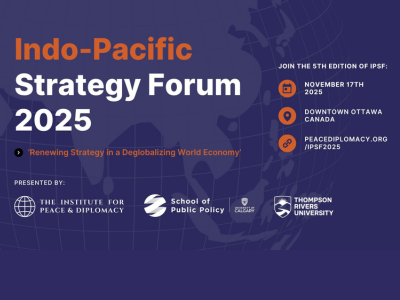Poverty Reduction versus Densification
If you like facts about the Alberta economy, you are well-advised to visit the web site of Alberta Treasury Board and Finance and sign up to receive a new interesting fact every week delivered straight to your inbox. In the issue of the Weekly Economic Review published on December 20, 2013, the folks at Alberta Treasury Board and Finance provided the following graphic:

It shows, over the period from mid-2012 to late 2013, the net numbers of people that have decided to move to (bars above the zero line) or move from (bars below the zero line) each province. What is striking is that for most provinces, residents are choosing to move out of that province. Where they are moving to, of course, is Alberta and, in much smaller numbers and for only some of the time, Saskatchewan.
The explanation for the facts presented in the graph seem clear; Alberta is where the jobs are and people are moving to take advantage of employment opportunities. (Some may also like losing hockey teams — long time Leaf fans perhaps? — but I suspect the main explanation is employment opportunities.) When I received the report containing the graph I thought it was interesting but then I put it aside. Later, I started to think about the implications of these facts.
A policy aimed at solving one problem can sometimes work at cross purposes with a policy aimed at correcting another.
One line of thought took me to the policies of the City of Calgary. As is well-known, the City is keen to increase the population density of Calgary. To encourage this to happen, it charges exorbitant parking fees, limits the supply of parking spaces and, most importantly, limits the availability of serviced land for new housing. The City is also anxious to do whatever it can to reduce poverty. Thus, the Mayor’s Poverty Reduction Initiative has over the past year or more worked with community groups to develop strategies to reduce poverty in Calgary. The Calgary Homeless Foundation, while not a City organization, is working tirelessly to end homelessness in Calgary – a particularly harsh form of poverty — and so receives, I am sure, the full support of City of Calgary policy-makers.
What does this have to do with the graph of interprovincial migration flows? It suggests that the City’s two policies – poverty reduction on the one hand and densification on the other – are on a collision course. Work by The School of Public Policy has shown that when conditions are such to encourage migration to Calgary – conditions like favourable employment opportunities relative to elsewhere – the result is an increase in the number of people who are homeless. The reason this happens is because Calgary has a serious shortage of affordable rental accommodations. An influx of people looking for work quickly finds there are few places available to rent and those which are available are very expensive. Many of them end up in the city’s homeless shelters. A lot of research confirms the common sense suggestion that the high cost of housing is a major reason people fall into poverty. Indeed, it is common practice in Canada to define someone as being in poverty when housing costs exceed 30% of their income; the same threshold the Government of Alberta has established for providing rent supplements to those in need.
Now consider the likely impact on housing costs in Calgary of combining a large in-migration with a policy intended to limit the supply of new serviced land for housing. That’s right: housing costs are set to rise. This is true not only for new homes but also for the resale homes and rental accommodations that represent housing alternatives to new homes. Those with low or moderate levels of income in Calgary are facing a greater risk of falling into poverty.
Economists often suggest that everything depends on everything else. A policy aimed at solving one problem can sometimes work at cross purposes with a policy aimed at correcting another. When this happens, and it does frequently, the policy-maker needs to decide which problem is the more serious. In this case the choice is between the insidious problem of poverty and what the City believes to be the problem of too low density.


